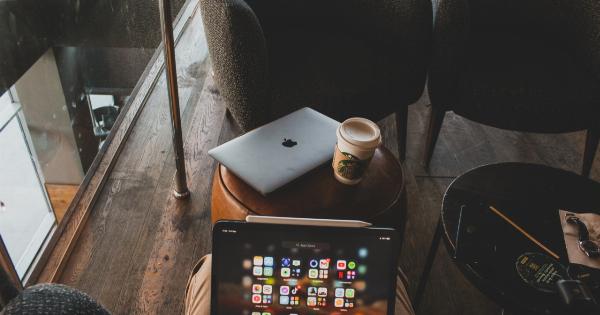Do you find yourself constantly buying new things even if you don’t need them? Do you feel a sense of thrill or excitement every time you make a purchase? If so, you may have a compulsive shopping problem.
This condition, also known as compulsive buying disorder or oniomania, affects many people and can lead to financial troubles, relationship problems, and emotional distress. Here are some signs to help you determine if you have a compulsive shopping problem:.
Signs of Compulsive Shopping
1. You buy things often, even if you don’t need them.
2. You feel a sense of excitement or thrill when you buy something new.
3. You feel guilty or ashamed after shopping.
4. You hide purchases from friends or family members.
5. You buy things to relieve stress or anxiety.
6. You continue to shop despite financial problems or debt.
7. You buy things impulsively, without thinking about the consequences.
8. You feel like you can’t stop shopping even if you want to.
If you experience any of these signs or symptoms, it’s important to seek help. Compulsive shopping can have serious consequences, and it’s important to address the problem before it gets out of hand.
The Causes of Compulsive Shopping
Compulsive shopping can be caused by a variety of factors, including:.
1. Depression or anxiety.
2. Low self-esteem or self-worth.
3. Childhood experiences with shopping or money.
4. Social pressure to buy things.
5. Hormonal changes or imbalances.
6. Obsessive-compulsive disorder (OCD).
7. Addiction to the thrill of shopping.
It’s important to understand that compulsive shopping is not a sign of weakness or lack of willpower. It’s a real condition that can be difficult to control without professional help.
Getting Help for Compulsive Shopping
If you think you have a compulsive shopping problem, the first step is to talk to a mental health professional. They can help you identify the underlying causes of your problem and develop a plan to address it.
This may involve therapy, medication, or other treatments.
In addition to professional help, there are also steps you can take to manage your compulsive shopping on your own:.
1. Identify your triggers – what makes you want to shop?.
2. Avoid situations or places where you are likely to shop.
3. Find other ways to cope with stress or anxiety, such as exercise or meditation.
4. Set a budget for yourself and stick to it.
5. Practice mindfulness and self-awareness when you feel the urge to shop.
Remember, it’s important to be patient and kind to yourself as you work through your compulsive shopping problem.
It’s not something that can be fixed overnight, but with time, effort, and support, you can learn to control your shopping habits and live a happier, healthier life.
Conclusion
If you think you have a compulsive shopping problem, it’s important to seek help. Talk to a mental health professional, and take steps to manage your compulsive shopping on your own.
Remember, this is not a sign of weakness or lack of willpower – it’s a real condition that can be managed with the right support and treatment.






























